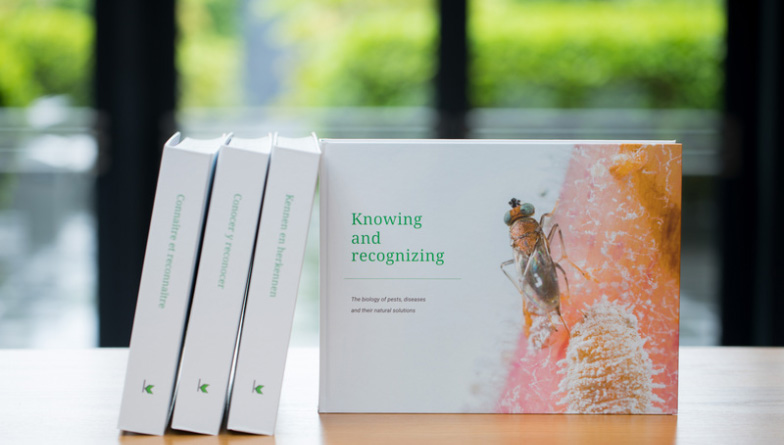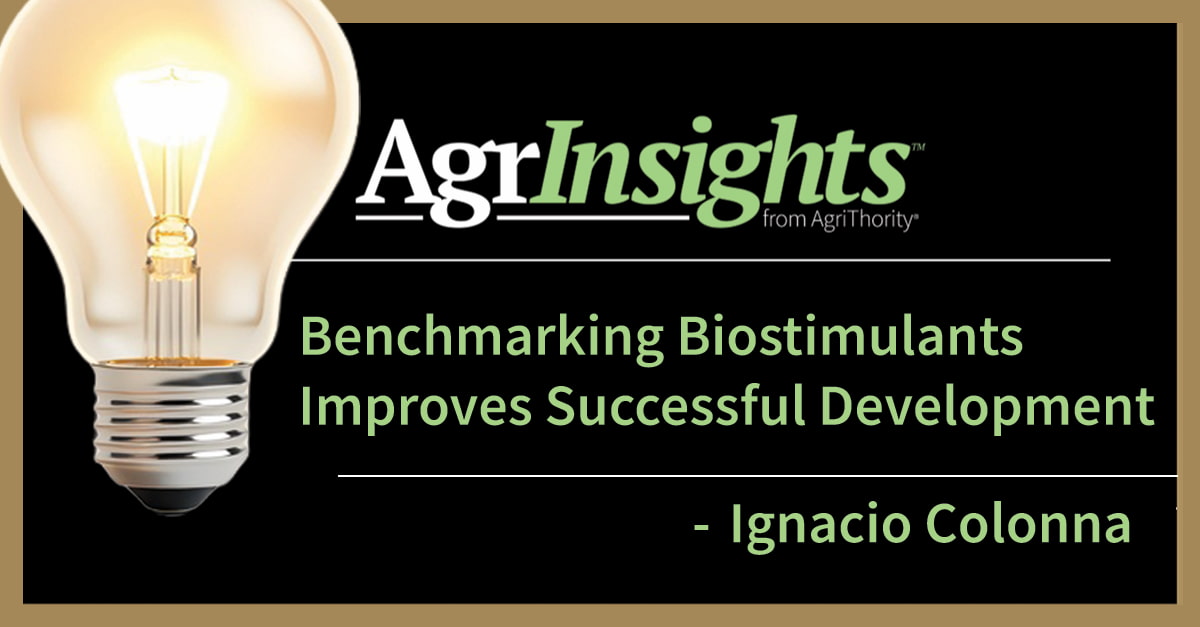IPM. Most everyone in agriculture knows the acronym for Integrated Pest Management, but are the practices evolving as fast as pest resistance? “Pests” include weeds, pathogens and non-arthropod animals well as the obviously important insects. Defending crops and plants against damaging pests was a goal of growers long before IPM was proclaimed in the U.S. in 1972. The European Commission Final Report states eight general principles for Integrated Pest Management (IPM) that includes application of anti-resistance strategies. But these same guidelines set thresholds for decisions.
From their many years of experience, Jerry Duff and Richard Shaw of AgriThority® agree that the future of IPM will include both biologic and synthetic chemistries. Jerry Duff explains, “The Achilles heel of IPM is in its execution….it discounts the ‘ounce of prevention’ approach to avoid rapid escalation of a pest problem. The IPM emphasis is on treating only after reaching a pre-determined threshold. This absolutely won’t work with biologics. This theory also causes issues with synthetics even though they have greater efficacy.” Historians also report that the backbone for the management of pests in an agricultural system was the economic injury level. The arguments for pest control were lost to IPM.
So are biologicals new and how do they work in IPM?
Shaw references one of the original and still broadly used bacterium Bacillus thuringiensis (Bt). This bacterium was first isolated in 1901 as the cause of a disease killing large populations of silkworms in Japan. BT was actually named when rediscovered in Germany as the killer of a Mediterranean flour moth. In 1920 farmers started using Bt as a pesticide, but commercial use in the U.S. began in 1958. Many products produced from BT crystallized toxins were highly effective in controlling certain crop pests but had limitations.
Early crop protection practices were based on pest biology and cultural practices for control prior to the early 1940s when synthetic insecticides became the focus of research. The era of chemical testing and subsequent reliance on synthetic pest control also initiated the onslaught of pest resistance to specific chemistries. The first reported instance of insect resistance to the BT was in the diamondback moth in Malaysia and the Philippines in 1990.
Now the movement back to biological controls poses more questions: How quickly will pest resistance build up against the evolution of biologicals? Can the integration of biological and chemical control form a program approach to avoid pest resistance? Are anti-biological control proponents seeing the potential for more truly Integrated Pest Management?
The answers lie ahead, according to Willem Ravensberg, Ph.D., of Koppert Biological Systems. He states in the reference manual, Knowing and recognizing, The biology of pests, diseases and their natural solutions: “Biocontrol has become the future plant protection system and will gradually take over other tools. Not just as individual products, but as parts of an integrated pest management (IPM) programme in a holistic approach for growing healthy crops.” In this publication, Ravensberg explains his belief that growers are in transition from a problem-solution strategy to a more holistic approach as they seek ways to achieve more with less.
 The same transition toward holistic production systems seems to be happening in the scientific community as it predicts potential pitfalls of increased biopesticide use. Analysis by University of Stirling scientists evaluated risks of insect resistance to the new biopesticides derived from natural organisms. From a recent article in AgroPages-Agriculture needs fresh approach to tackle insect resistance to biopesticides, the scientists suggest farmers help manage resistance risks by planting a wider diversity of crops and use multiple biopesticides.
The same transition toward holistic production systems seems to be happening in the scientific community as it predicts potential pitfalls of increased biopesticide use. Analysis by University of Stirling scientists evaluated risks of insect resistance to the new biopesticides derived from natural organisms. From a recent article in AgroPages-Agriculture needs fresh approach to tackle insect resistance to biopesticides, the scientists suggest farmers help manage resistance risks by planting a wider diversity of crops and use multiple biopesticides.
Others agree that rotation of pesticides whether biocontrol or synthetic chemistries are key to pest management over time. What has been widely studied about synthetic insecticide resistance is now shifting to include biocontrols.
Researchers have shown that widely used bioinsecticides ultimately select resistant individuals. In one review, an example cited at least 27 pest species have shown resistance to Bacillus thuringiensis toxins. Resistance risk factors are common for both chemical insecticides and biocontrol agents. These factors range from pest genetics and number of generations per year to mode of action, agronomics and other more complex issues. Risk management tactics are reportedly in three categories: management by moderation, by saturation (doses sufficiently high to kill even resistant insects) and by multiple attacks (use of two or more unrelated insecticides).
Other scientists published in the journal ‘Frontiers in Plant Science’ are testing methods to increase the plant’s own immune system to reduce the reliance on pesticides. “It is sustainable and inherently ecological as defense priming has huge potential to significantly reduce the use of high-risk pesticides and synthetic chemicals,” said RGCB Director Chandrabhas Narayana.
These and many other innovative approaches to pest control continue around the world as most agree that pesticide resistance is a major problem for crop production as well as for the control of disease vectors. Understanding the proper pest management and use of new products is imperative to avoid repeating previous mistakes that cause widespread pest resistance.
Knowledge about products’ mode of action, placement, effective rates and timing helps growers plan an effective integrated pest management program. For more information about how to execute efficient and effective product development programs from scoping innovative concepts through early and late field development, contact AgriThority® specialists.


